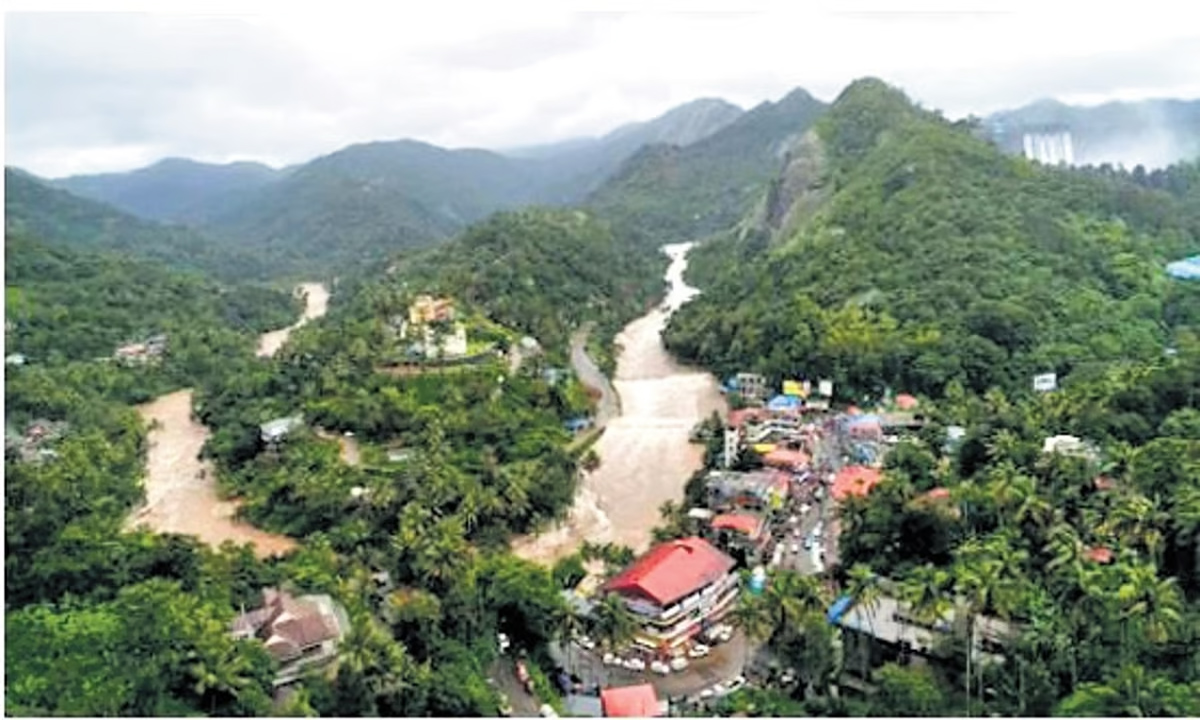THIRUVANANTHAPURAM: The unpredictable nature of the weather forecast is posing significant challenges to disaster preparedness in the state. After the onset of monsoon on Thursday, the warning alerts are rapidly changing leaving the Kerala State Disaster Management Authority (KSDMA) and district administrations grappling with swift changes to take necessary actions.
On Friday, yellow alerts were issued for seven districts in the state for Saturday and by afternoon on Saturday the alerts were upgraded to red in Thrissur, Malappuram and Kozhikode districts and orange alerts were issued for Idukki, Palakkad and Wayanad districts. Red alerts indicated very heavy to extreme heavy rainfall ranging above 204 mm. On Friday night, a travel ban was issued in Idukki district because of the extreme weather situation.
After the onset of monsoon in Kerala on May 30, the weather forecast seems to be rapidly changing, adversely impacting disaster preparedness. KSDMA member secretary Shekar Kuriakose told TNIE that improving the quality of 24 hours weather forecast is very critical considering the vulnerability of Kerala to flooding.
“These rapidly changing forecasts are a major obstacle. We need consistent and reliable information to plan and execute effective disaster response strategies. A red alert means we need to evacuate families from vulnerable locations. But such alerts come during the day or afternoon and we don’t have enough time to respond to this. Suddenly if we ask the families to move to safer places, in such a short notice nobody will listen. So a reliable 24- hour forecast is critical,” said Shekar. The rapid change in warnings will affect timely decision making, resource mobilisation and other things required to deal with calamities.
According to India Meteorological Department (IMD), though monsoon has entered Kerala, it is yet to advance to many parts of the country. MET director Neetha K Gopal told TNIE that monsoon is yet to cover the entire country and get established.
“Monsoon comes in surges or pulses. When it weakens, we get a dry spell. But in recent years, the rain pattern during the monsoon has changed. When the monsoon weakens, more severe thunderstorms are developing. It is a sudden development which cannot be predicted in our 24-hour forecast. Hence we issue warnings based on the Nowcast which gives predictions every three hours,” she said.
She said that the IMD is doing its best to give timely warnings based on the observations provided by radars and satellite systems.
Rapidly changing weather forecasts hit Kerala’s disaster preparedness
